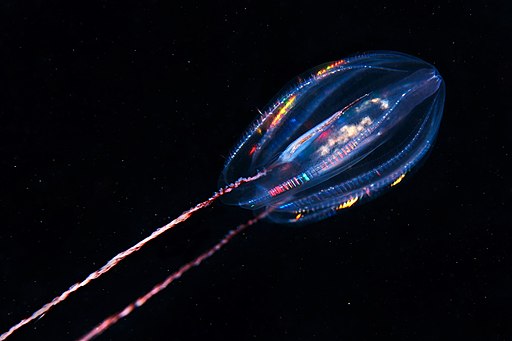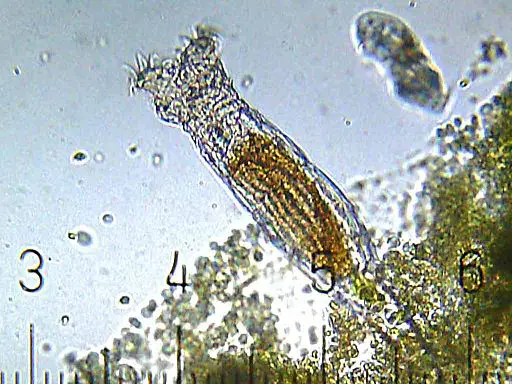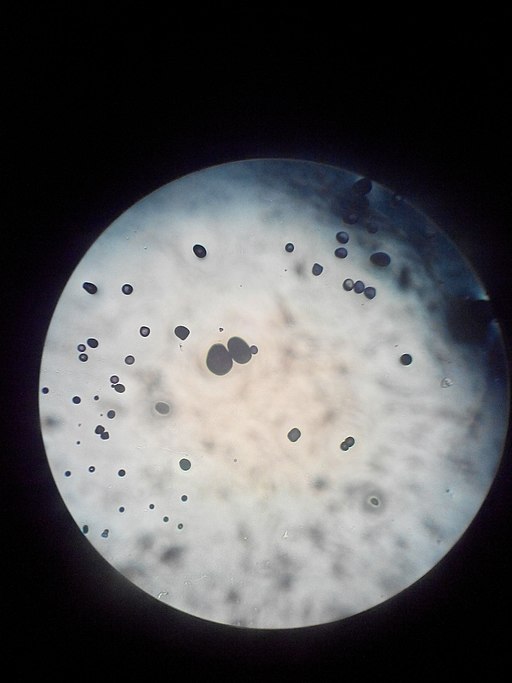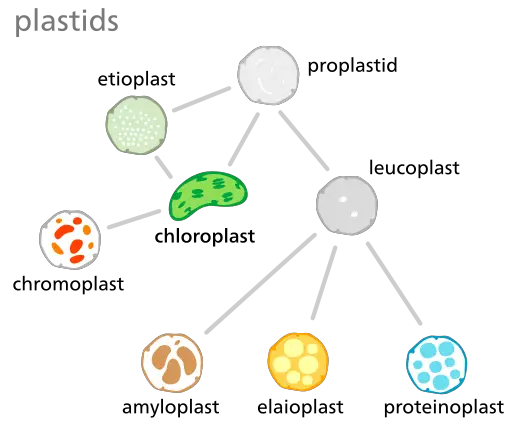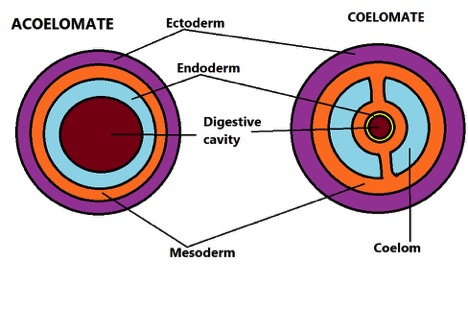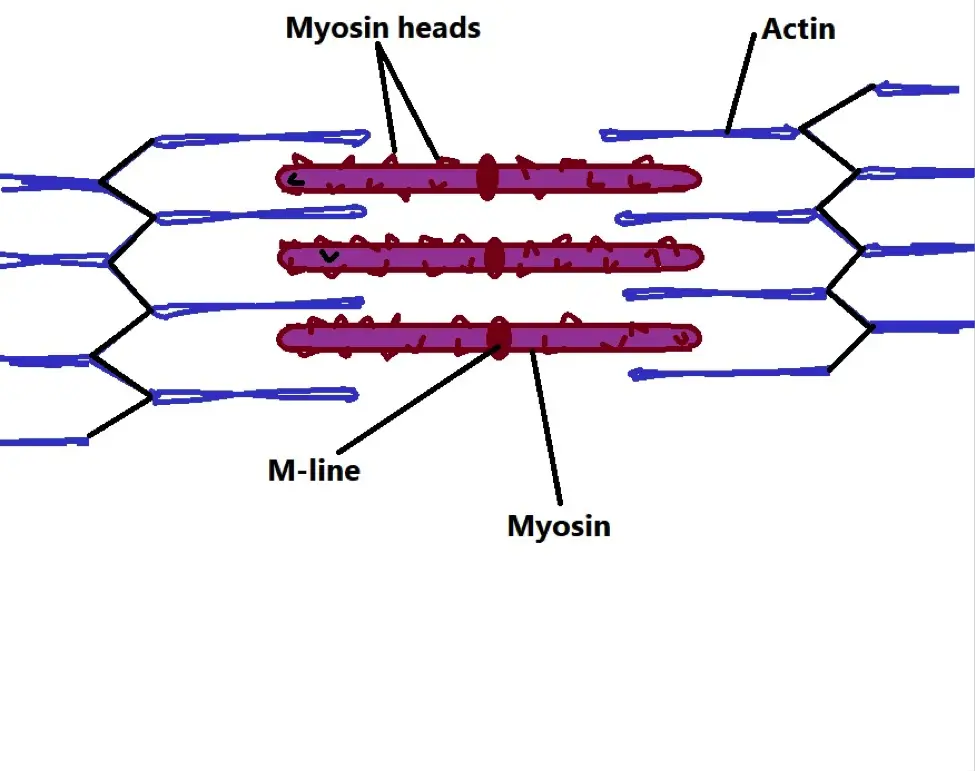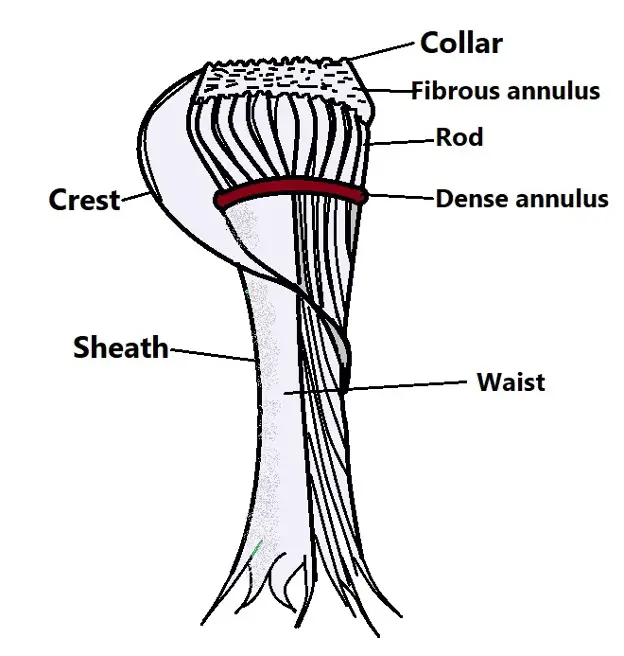The MicroscopeMaster Blog
Microscopic details that can be seen today certainly reveal an exciting depth to our world.
MicroscopeMaster.com researches, reviews and compares all types of microscopes as well as examines microscopy techniques and applications for the teacher or parent as well as hobbyist and student!
We want you to be a satisfied customer and a happy microscopist!
So go ahead and click on the orange RSS button at the bottom of the navigation bar and subscribe.
Nov 01, 2022
Deltaproteobacteria - Examples and Characteristics
Deltaproteobacteria is a large group (Class) of Gram-negative bacteria within the Phylum Proteobacteria. It consists of ecologically and metabolically diverse members. Read more here.
Continue reading "Deltaproteobacteria - Examples and Characteristics"
Oct 26, 2022
Chemoorganotrophs - Definition, and Examples
Chemoorganotrophs also known as organotrophs, include organisms that obtain their energy from organic chemicals like glucose. This process is known as chemoorganotrophy. Read more here.
Continue reading "Chemoorganotrophs - Definition, and Examples"
Oct 25, 2022
Betaproteobacteria – Examples, Characteristics and Function
Betaproteobacteria is a heterogeneous group in the phylum Proteobacteria whose members can be found in a range of habitats from wastewater and hot springs to the Antarctic. Read more here.
Continue reading "Betaproteobacteria – Examples, Characteristics and Function"
Jun 30, 2022
Phylum Ctenophora - Examples and Characteristics
Phylum Ctenophora are known as sea walnuts or comb jellies and are marine organisms that resemble Cnidaria and is one of the oldest phylum living today. Read more here.
Continue reading "Phylum Ctenophora - Examples and Characteristics"
Jun 21, 2022
Phylum Aschelminthes – Examples and Characteristics
Phylum Aschelminthes is an obsolete group that comprised pseudocoelomate, triploblastic organisms with bilateral symmetry. Read more about this phylum here.
Continue reading "Phylum Aschelminthes – Examples and Characteristics"
Jun 14, 2022
Leucoplasts - Types and Functions
Leucoplasts are a type of plastid only found in plant cells. As such, they can be used to distinguish between a plant and animal cell. Read more about leucoplasts here.
Jun 07, 2022
Chromoplasts - Definition, Functions, Vs. Chloroplasts
Chromoplasts are brightly colored plastids found in flowers, fruits, leaves, as well as roots. They play an important role in the synthesis and storage of carotenoid pigments. Read more here.
Continue reading "Chromoplasts - Definition, Functions, Vs. Chloroplasts"
May 24, 2022
Coelomates, Acoelomates and Pseudocoelomates - Differences & Examples
Coelomates are animals in which the coelom is lined by the mesoderm while those in which the cavity is absent are called acoelomates. Read more here.
Continue reading "Coelomates, Acoelomates and Pseudocoelomates - Differences & Examples"
May 24, 2022
What is the function of calcium signaling?
What is the function of calcium signaling? Calcium signaling has been shown to play many roles. Read more here.
Continue reading "What is the function of calcium signaling?"
May 13, 2022
What is the Difference Between Cytostome and Cytopharynx?
Cytostome and cytopharynx are commonly found in certain protozoans as specialized structures used for endocytosis. Read more here.
Continue reading "What is the Difference Between Cytostome and Cytopharynx?"
Find out how to advertise on MicroscopeMaster!



